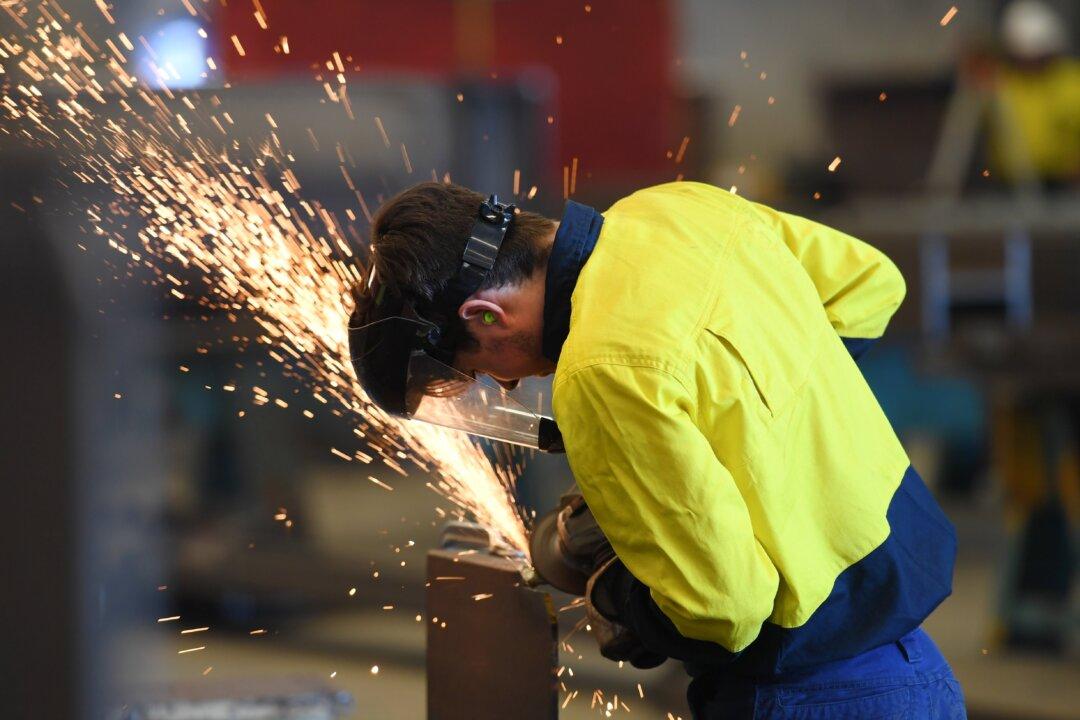U.S. Secretary of the Army Christine Wormuth said on Aug. 8 that Australia could be a testing ground for U.S. hypersonic and other long-range precision weapons under the AUKUS trilateral defence alliance.
“Australia obviously has a tremendous amount of territory where testing is a little bit more doable, so I think that’s a unique thing, as an example, that the Australians bring to the table,” Ms. Wormuth told Agence France-Presse (AFP).





